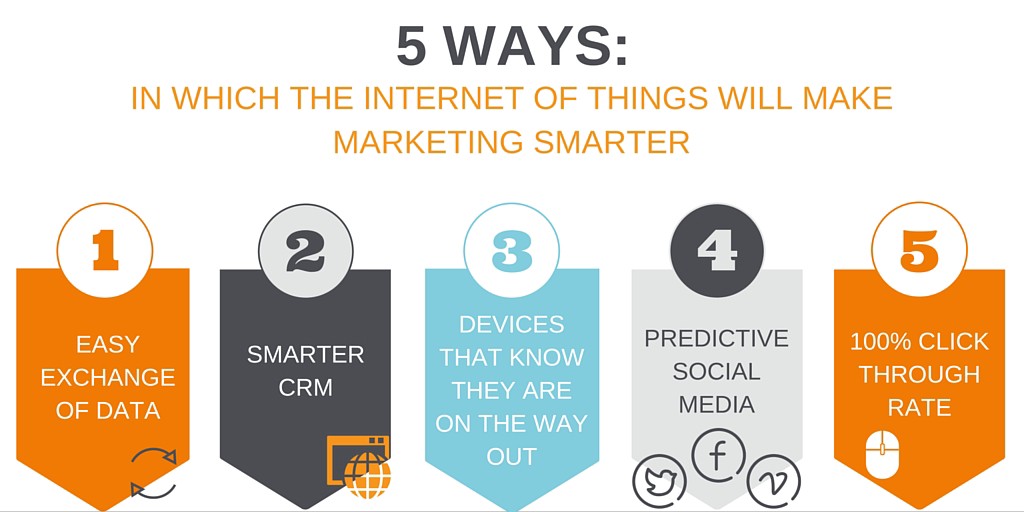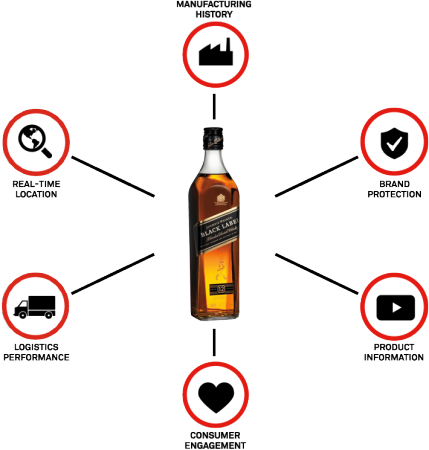
We’re living in a world of big data. Most households have numerous smart devices, from cellphones and speakers to cars and even entire homes. The Internet of Things has not only made our lives easier but has also opened up a whole world of marketing opportunities and new ways to reach consumers.
A decade ago, futurists and industry experts eagerly discussed the possibilities of the Internet of Things (IoT). In 2010, Ericsson predicted that we would have 50 billion connected devices by 2020.
The year 2020 is here, and this prediction has fallen well short of the mark. Globally there are currently around 9 billion smart devices. What does this tell us? The IoT has yet to reach its full potential.
For IoT devices to be useful and in demand, they need to solve real problems. There’s still plenty of scope for growth for entrepreneurs and manufacturers here. There will be plenty of more challenges to overcome too.
But with the challenges come opportunities. As the IoT continues to grow, we as marketers need to identify the opportunities that arise and take maximum advantage of them.
Quick Takeaways
- The Internet of Things and big data have introduced many new opportunities for marketers.
- However, we must be careful to use this technology in a truly beneficial way and think beyond the gimmicks.
- It’s important to pay attention to how the IoT is changing marketing, particularly in areas like content marketing. Keeping up with trends is vital in our rapidly changing digital world.
The Internet of Things and Marketing
A growing number of IoT devices means we are now able to collect more data about the audiences we are targeting than ever before.
As we collect more data about our customers and their behaviors, it means we can learn how to create better products and services to meet their needs. We can also market these products and services more successfully because we can personalize marketing messages based on the data collected from each individual.

Source: https://hackernoon.com/the-most-promising-internet-of-things-trends-for-2018-10a852ccd189
Connected devices have already changed the way we shop online. When we’re running low on laundry detergent or coffee, we can simply ask Alexa to order some more.
So far the direct marketing opportunities in smart speakers and digital assistants have been fairly limited. It makes sense that smart product makers are cautious in their approach. Annoying and intrusive marketing messages would surely mean sudden death for such products in a market where there are so many alternatives.
But this is definitely an area that’s sure to offer many more opportunities in the near future, so make sure you keep up with the latest news.
The Internet of Things and Advertising
We’ve only really touched the surface of what the Internet of Things will make possible in advertising.
The challenge that both marketers and advertisers have is using the data they have available in a non-intrusive way.
For example, your smart light bulbs might know what time you go to bed at night, but if they start using this information to advertise insomnia products to you, it can start to feel like they know a little too much about your lifestyle.
The advertisers of today and the future have a very thin line to walk to maintain the balance. Ideally, the IoT-powered advertising of the future should be relevant, but not creepy.
IoT devices don’t only mean we know more about the people we’re advertising to. They can also open up a line of communication so that brands can get real-time feedback on their products and offer advertising that’s truly personal, not just personalized.
The Internet of Things and Branding
Smart packaging is one example of how some brands have used IoT technology to strengthen their brand story and connect with customers.
Malibu Rum developed a smart bottle using NFC technology that allows customers to interact with the brand in-store or at home. Customers can tap the bottle with their phone or scan the QR code to access the Malibu summer promotional materials, giving them access to recipes and the chance to win prizes.

Interactive brand experiences via smart speakers are another way that brands are making use of this technology.
For example, brands can use Alexa “skills” in their marketing strategy. There’s a Domino’s skill to order pizza and a Hellmann’s skill that comes up with a recipe based on whatever you have left in the fridge.
The Internet of Things and Content Marketing
Smart devices have already started to impact the way we create content. The SEO landscape has changed dramatically in the last few years.
Search strings are becoming longer and more like natural speech as users increasingly use digital assistants to carry out their searches. They’re no longer Googling for “cleaning services Philadelphia.” Instead, they’re saying, “Hey Google, what are the best cleaning businesses near me?”
This means the way that we content creators and content marketing agencies need to write for the web has changed.
Big data also means that it’s possible to create more targeted content and personalize content for different audiences.
The Future of Marketing and the Internet of Things
The IoT is a disruptive technology that is already affecting every aspect of running a business, from production and distribution to marketing and customer service.
IoT devices have the potential to change our lives for the better and they bring a lot of business opportunities with them too. But there are still significant challenges to overcome if we’re going to make the most of these opportunities.
We can’t know exactly what our world will look like in another 10 years. But we can prepare for the continuing IoT explosion in areas that we can control. One of these areas is content marketing.
If you are ready to get more traffic to your site with quality content published consistently, check out our Content Builder Service. Set up a quick consultation, and I’ll send you a free PDF version of my books. Get started today — and generate more traffic and leads for your business.
The post Marketing And The Internet Of Things appeared first on Marketing Insider Group.
from Marketing Insider Group https://ift.tt/3ep72ti
via IFTTT
Comments
Post a Comment